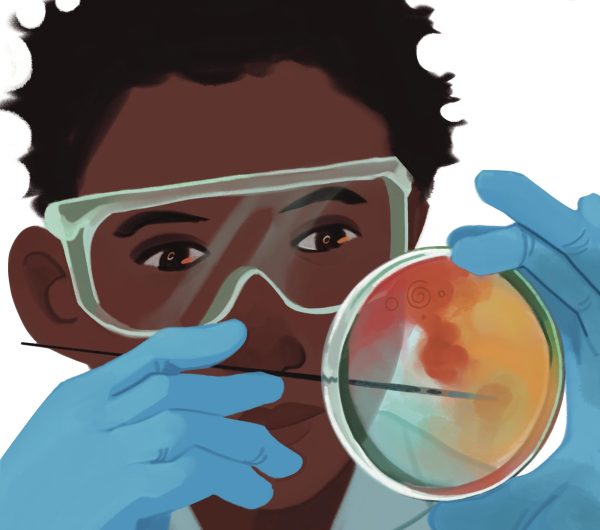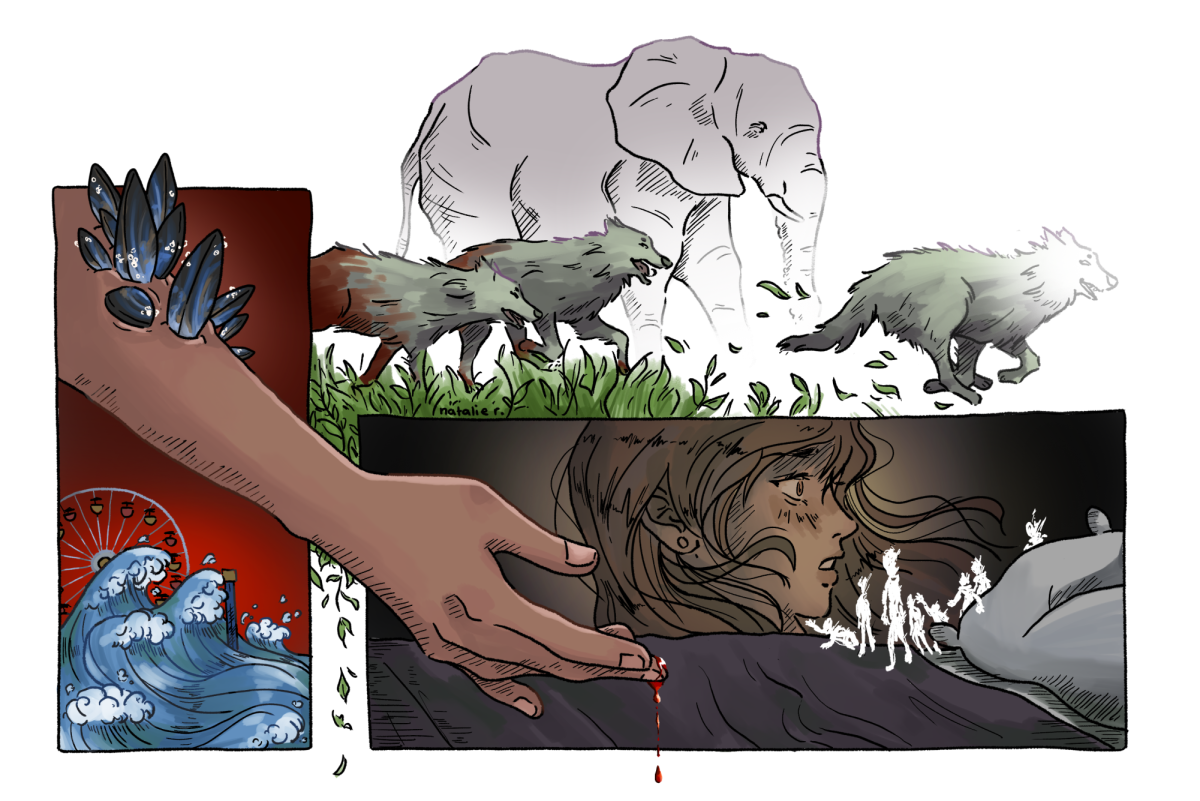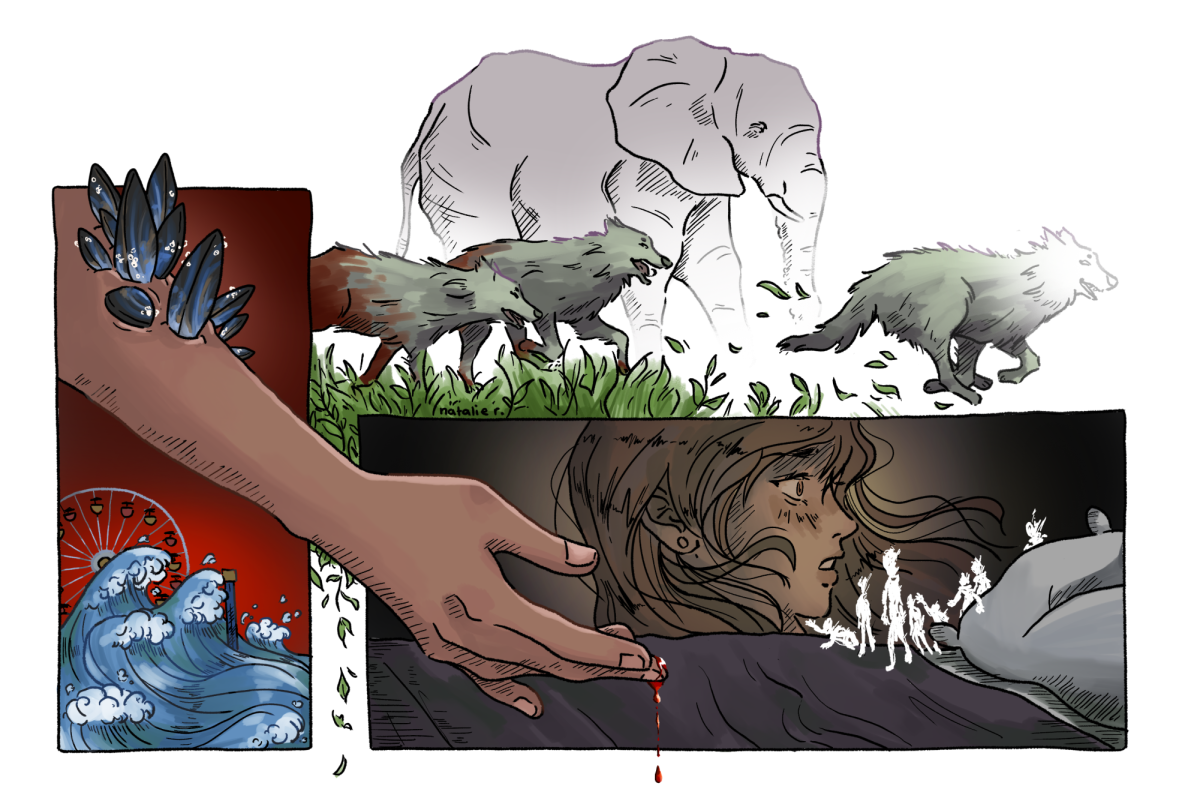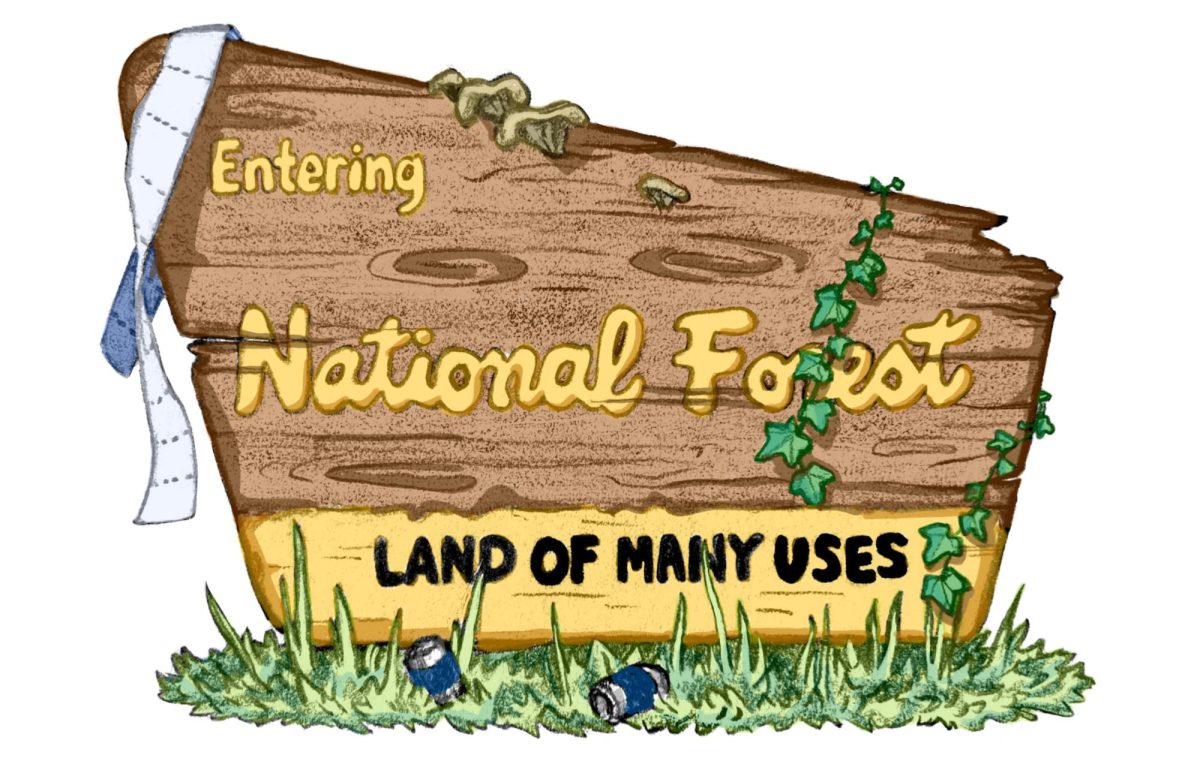
“Women in STEM” is a phrase you will frequently hear on a college campus, spoken genuinely at times and at other times, as sarcastic words of encouragement during a grueling science lab. As a straightforward expression constructed by three words, it indicates so little about the complexity of the topic.
All female-identifying people face a variety of challenges in STEM fields. From gender biases and stereotypes that bleed into the workplace creating toxic cultures, pay disparity, sexual harassment, the expectation to balance the responsibility of familial duties, lack of female leadership to provide representation and so on, there is no doubt that women in STEM tend to have more odds stacked against them than their male counterparts.
This exclusion and intimidation in the sciences does not begin with joining the workforce. Women are directly and indirectly discouraged from pursuing STEM from a very young age. The necessity for the Women in STEM movement exposes the depressing underbelly of these gender inequities in STEM – psychological biases that are impressed on children in early education that deter girls’ interest in STEM.
I spoke with Associate Professor of Psychology Erin Pahlke about what might influence a child’s academic interests.
“Looking at the research we know that, at least in the early 2000s, kids were consistently picking up on cultural stereotypes in the United States … that math, in particular, is for boys. If you gave elementary school age kids surveys 15 years ago … they would have a tendency to say … math is for boys and language and reading is for girls,” said Pahlke.
We know children pick up on cultural stereotypes. What we should be aiming to understand is why and how these stereotypes influence their interests so significantly.
“As a kid, you don’t even have to believe it yourself, but once you become aware of a cultural stereotype, it tends to influence your own interest in the domain. So if, as a kid, I hear, ‘math is for boys,’ it doesn’t matter if my teacher has explicitly told me this or if I looked around and saw that all the people who are involved in math or science identify as men, I have somehow gotten the message that math is for boys and it’s going to influence my own interest in the subject,” said Pahlke.
Regardless of whether these stereotypes are expressed implicitly or explicitly, the notion that math and science are for male-identifying people can hinder female-identifying children’s early exploration of STEM.
These biases have a compounding effect on people of color. George Washington Carver is thought to be the first Black scientist. He earned his bachelor of science degree in 1894, 21 years after Ellen Swallow Richards became the first (white) American woman to earn a bachelor of science degree when she graduated from MIT in 1873. Later, Marie Maynard Daly became the first African American woman to receive a science degree in 1947, 74 years after the first white American woman.
As of 2021, women comprised 24% of the STEM workforce. Black, Hispanic and Indigenous women make up less than 8%. Given the additional barriers of racial prejudice, discrimination and a systematic lack of support for women of color in all fields, but especially in science, it almost seems like “Women of Color in STEM” is its own separate movement from the less nuanced “Women in STEM.”
I spoke with senior Elizabeth Huang, president of the Geology and Environmental Scientists of Color Club at Whitman, about her experiences as a person of color in the sciences.
“I started this club with two other geology majors. At first, there were only three of us. We started it because geology in general is the least racially diverse STEM field, and you can definitely feel it here at Whitman. We talked about how we had felt generally unsupported and not part of a community. We felt that we really had to carve our own path into the community, rather than just fitting in like most white geology majors,” said Huang.
People who are trying to gain more representation and opportunity are usually the only ones advocating for themselves.
Huang discussed the dissonance of racial awareness between white students and students of color and how no one seemed to be noticing the stark fact that was glaringly apparent to her and other geology majors of color – the field is overwhelmingly white.
“We would walk into a classroom and it would be the first thing we would notice – it seems so obvious. So, we started the club to serve as a community for scientists of color. We try to facilitate conversations about diversity and inclusivity in geology and environmental sciences. That’s the first step: to talk about the issue. We talked about how no one was talking about it unless we brought it up,” said Huang.
I spoke with another student, freshman Ruth Chane, about her perspective on gender and racial diversity and equity in Whitman’s computer science classes. Computer Science, like Geology, is another science field that is disproportionately white and male-dominated.
“There are only two female professors in the department, the rest are men. […] In my previous class, I took last semester, I saw that there were a lot of men … there aren’t many people of color who are computer science majors,” said Chane.
With all of this being said, why does it matter? Why is diversity in the sciences important?
Research shows that infant mortality rates of children born to Black women are two times as high as the rate for white women. Compared to white women, Black women’s life expectancy upon birth is 3 years fewer. Black women continue to have higher rates of mortality and shorter life expectancies on average, compared to white women.
In general, women’s health is often thought to be a “specialized medical field.” This implies that men’s health is the default field of study, as there is no “men’s health” field. This becomes very obvious when examining how understudied women are, compared to men, in the medical world.
Women have historically been excluded from medical trials by the FDA, starting with a policy that prevented them from participating in clinical trials unless they had a life threatening condition. Only in 1993, did Congress pass a law prohibiting the exclusion of women in medical research. For diseases that mostly affect women, 40% of participants in clinical trials are women. In 2016, a study found that only 3.2% of women involved in clinical medical trials were African American. In 2017, it was reported that of all women involved in oncology trials (a type of trial that attempts new approaches to treat cancer) only 4-6% were Hispanic.
Involvement and interest in science from women of all identities is not only important because everyone is entitled to pursue what they are passionate about, but also because it is necessary in order to decrease health disparity gaps in the United States. If young women are equally supported and encouraged with their interest in math and science, they can go on to be advocates for women’s health and can also provide representation for the next generation of female scientists.
Further, increased diversity in the computer science field could improve some of the biases that have become embedded in computer programs and algorithms. Oftentimes, software systems will have a lower rate of success in identifying female faces and darker skin tones. They fail to identify well-known women and people of color in the public sphere. In one evaluation of a company, the error rate of identification for light-skinned male subjects was 1%; for dark-skinned women it was 35%.
Pahlke left me with some last thoughts about intervention tactics we can implement to ensure women are not discouraged from entering STEM.
“A popular approach, that’s backed up by both psychological theory and empirical evidence, is exposing students to models who match their identities. Think of, for example, the girls’ STEM camps that involve doing fun activities with women scientists, but also think of books and TV shows that include women in roles involving STEM careers. Both are interventions that focus on shifting girls’ views of STEM,” said Pahlke.
Ultimately, a lot of these intervention methods depend on shifting views of STEM itself, and not just shifting views on women. Demonstrating to children that STEM is a field open to the potential and success of people from all demographics can further shift the tide to increase the involvement of women and people of color in the sciences, leading to a stronger and more inclusive field.












